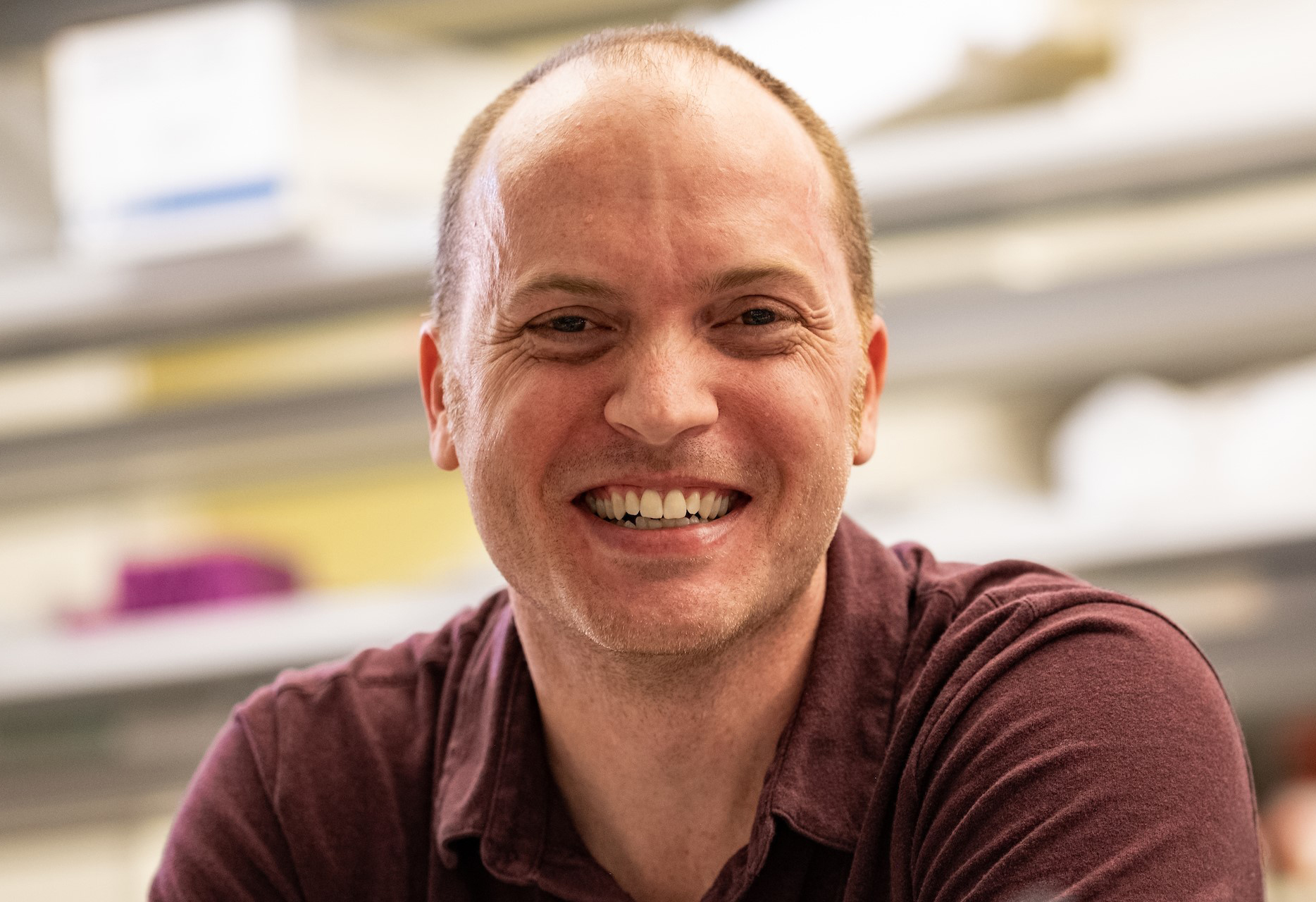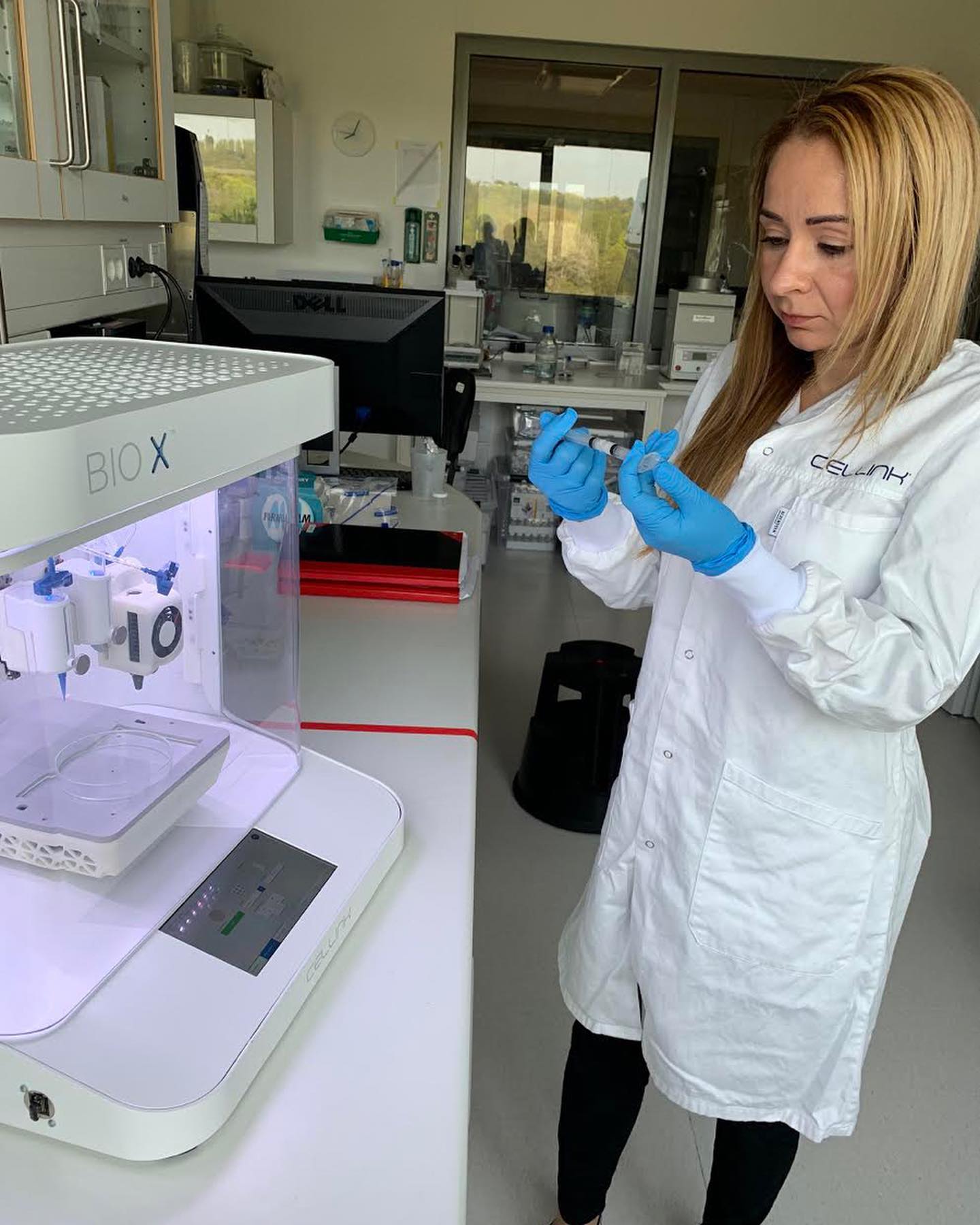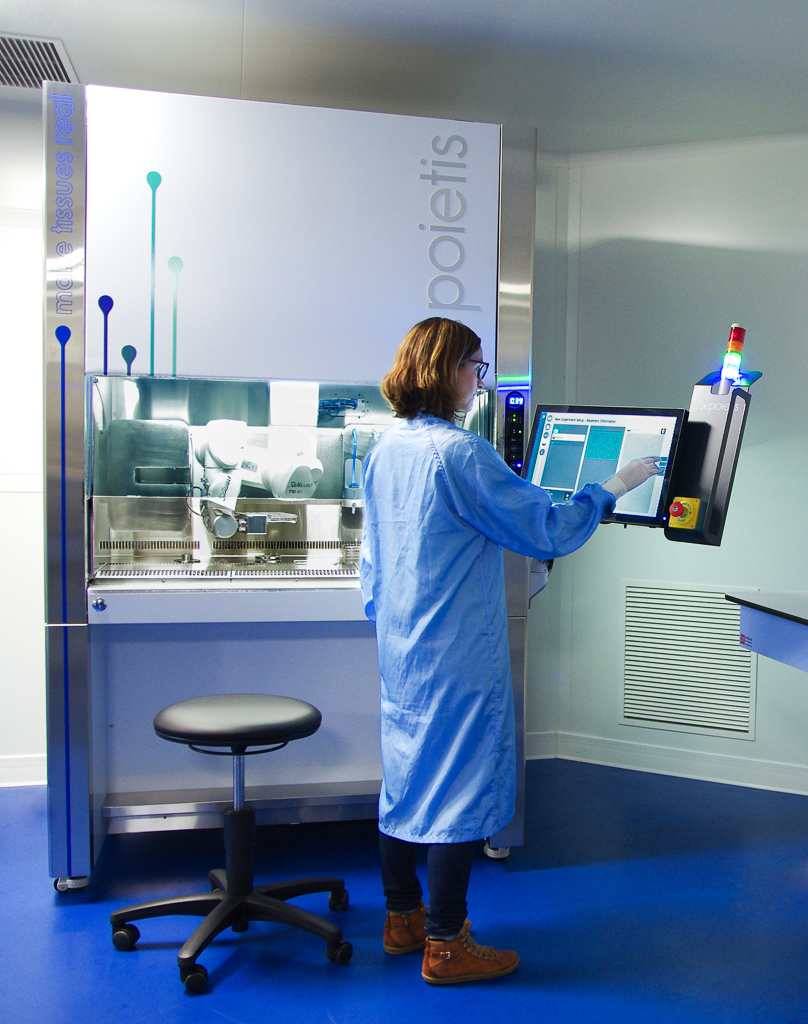As 2021 comes to a close, the bioprinting field has a lot of reasons to be optimistic about the future. The bioprinting landscape has evolved rapidly in the last decade, making huge strides towards the goal of 3D printing functional tissues and organs. Although researchers are still scraping the surface of on-demand organ fabrication, advances in the field are creating the building blocks needed for future technologies. But even though it holds enormous promise, it is essential to note that bioprinting is not bound within the confines of organ printing alone.
Perhaps we have seen bioprinting transcend into fiction so often that it’s hard to separate, for example, Westworld’s biomimetic human robots or the on-demand, transplantable 3D printed blood vessels in Grey’s Anatomy, from what is happening at the labs. Today, there are countless new applications for bioprinting that can find their way into clinical practice much quicker than a 3D-printed organ (believed to begin clinical trials in 20 or 30 years). With the industry continuing to gain momentum, we asked industry experts to share what they consider the biggest trends of 2021 and what is in store for 2022.
Poietis’ Director and Co-founder Bruno Brisson said he believes 2021 saw the emergence of new technologies––including acoustic, volumetric, ultrasound, and magnetic––that can be applied to cell deposition, engineering in tissue R&D, and new applications in biology, oncology or translational research.
“It probably highlights as well some limitations of existing conventional nozzle-based technologies,” pondered Brisson, whose biotech company headquartered in Pessac, France, manufactures a promising 4D laser-assisted system for designing living tissue for regenerative medicine, pre-clinical research, and cosmetic uses.
The experienced biotech entrepreneur suggested that in 2021 he saw only a handful of companies have a clear roadmap and strategy to address clinical applications and translate bioprinting into real therapeutics. Specifically, he considers the evolution of the bioprinting market divided into R&D, entry-level systems, and “high-end” bioprinters (like those developed by Poietis) or platforms with potential applications in humans.
Commenting on the upcoming trends, Brisson adds that “at the R&D level one can expect more interesting results for complexification of in vitro bioprinted models such as innervation, vascularization, and recapitulating biological functions more precisely. Also, stem cell bioprinting will certainly make possible new development paths independently from the source of differentiated cells necessary to develop and produce certain complex tissues. Meanwhile, the higher expectations will certainly be in the field of therapeutics, with the translation towards clinical trials and then into personalized treatment. More importantly, first-in-human studies expected in 2022 will show how bioprinting can now be considered a real biomanufacturing strategy and not only as laboratory R&D tools.”
Similarly, Colin McGuckin, Founder and Chief Scientific Officer (CSO) at French bioprinting startup CTIBiotech see reproducibility as the key target in the industry in 2021 to help bring bioprinting into the “additive manufacturing zone” and be “truly useful to companies.” McGuckin explains that there was a clear understanding that this technology needed to move beyond simple university research to achieve the long-term goal of reaching patients or making better drugs.
Furthermore, he considers mergers and acquisitions will make 2022 very exciting and accelerate an already growing convergence of companies destined to “make bioprinting part of the norm rather than a novelty.” He adds that this is also a necessary step to streamline the industry for the future.
Another silver lining prediction for next year comes from 3D Systems’ new Chief Scientist of Regenerative Medicine, Jordan Miller. The expert, who is also an Assistant Professor of Bioengineering at Rice University, developed a new bioprinting technique called SLATE, short for “stereolithography apparatus for tissue engineering,” and created a bioprinting startup called Volumetric, now part of the 3D Systems group.
Miller points out that “We’re seeing an acceleration in how bioprinting is influencing the field of Regenerative Medicine. As we enter 2022, I believe the innovation in materials, and printing technologies will play a pivotal role in what is accomplished in the coming year. While there have been many players attempting to enter the field, commercial successes of biofabrication technologies such as biomaterials extrusion and photolithography are enabling advanced research and development. The deployment of these solutions is helping researchers maintain data integrity and improve reproducibility.”
As a result, the bioengineer suggests that the scope and depth of the biological investigations are getting better, which in turn is promoting new foundational studies to uncover a novel mechanistic understanding of physiology (i.e., healthy tissue) and pathophysiology (i.e., injured or diseased tissue).
“The advancements in and availability of these solutions are yielding a rapid increase in the number of papers published as the technology becomes easier to use – helping the entire regenerative medicine community get closer to our goal of implantable human tissues and organs.”
On that note, it’s important to highlight that Italian researchers recently published a paper in the Bio-Design and Manufacturing journal analyzing the current status of bioprinting after they retrieved a total of 9,314 scientific publications and 309 international patent results over the last twenty years. However, one of the most exciting highlights of the report is that two-thirds of the total publications related to bioprinting have been published since 2016.
Using bioprinting technology, scientists are developing techniques towards creating in vivo work in regenerative medicine (although this is still in the very early stages of research). Moreover, several companies are actively working to improve bioprinting hardware, biomaterials, and overall access to next-generation platforms to automate much of the work. One of these companies is BICO. Formerly known as Cellink, the BICO group is now one of the largest pure-play bioprinting businesses globally, boasting a portfolio of 14 subsidiaries under its umbrella; the last one (Biosero) was acquired only a few days ago.
We asked Itedale Namro Redwan, CSO at Cellink, what she thought about the transition into the new year. The Swedish chemist and experienced bioink researcher said 2021 saw remarkable progress in the industry, with three prominent trends. Primarily, Namro witnessed more advanced tissue models with multiple cell types and materials (assays for understanding mechanisms related to disease or drug testing)––specifically for skin models. Followed by tissue constructs being used in pre-clinical trials for new drugs and medical devices, and finally, bioprinting being highly leveraged for meat-alternative products in the food industry.
Weighing in on what she expects to see starting in January, Namro points to “better tissue models that mimic human tissue with more fluidics, multiple tissue types in the same construct, again, especially for skin which has seen tremendous progress towards the ability to transplant into humans. Along with more tissue constructs to support clinical trials for drugs and medical devices, and more requests for GMP bioinks and biomaterials.”
What has the pandemic taught us about bioprinting?
The promising rise of bioprinting has attracted much attention, particularly during the ongoing Covid-19 pandemic. In 2020, the New York Times described printing human tissue as a “possible weapon against the pandemic.” But, if anything, the health emergency only heightened interest in bioprinting as an immediate, on-site solution to fabricating models of tissues and organs, recapitulating in vivo environments to learn more about the infection and the drugs that could fight it, as well as decreasing reliability on animal models. In addition, creating constructs that can serve as in vitro tissue or virus-disease models could allow for a more efficient and effective response to current and future pandemics, enhancing the potential of bioprinting.
“There is now, more than ever, interest in creating complex tissues,” stated McGuckin. “If Covid-19 has taught us anything, it is that simple 2D cell cultures have little to offer the future of medicine and we need to use our knowledge of the human body as a 3D entity better. People have been talking about cell therapy for so long, but now it is within our very real reach.”
Namro agrees that the pandemic undoubtedly showed the world how important it is to have vital innovation for healthcare technologies: “While verticals like diagnostics and vaccines saw more than a decade of progress in just a year, the amount of investment and resources poured into the medical research industry since the pandemic started will help drive innovation across verticals that include tissue engineering, multiomics, cell line development, and others.”
For Brisson, the pandemic was also significant because there has been a strong focus and funding on virology and the development of R&D models for studying viral infections and Covid-19 tissue models, proving there is a pressing need for regenerative medicine to take force. However, he considers that the collateral effects of the pandemic have postponed a lot of the developments that had begun accelerating in the last five years.
“Healthcare technologies have attracted a lot of interest from the general public, funding agencies, and governments worldwide. But it also raised some warnings in terms of sovereignty issues and the possible dependence on outsourced production (of drugs too). For example, there are new types of innovative products and bio-medicines in development that have an undeniable interest to be produced as close to the patient as possible, whether it is for autologous and/or personalized advanced therapy drugs.”
Notably, as bioprinting technologies continue to boost the potential of the regenerative medicine revolution, we will witness a growing number of approaches, applications, and directed research to create more complex tissue types. Although there are challenges to address before bioprinting becomes clinically possible, it remains one of the most innovative biomedical engineering technologies. We can’t wait to see what 2022 will bring to the field.
Subscribe to Our Email Newsletter
Stay up-to-date on all the latest news from the 3D printing industry and receive information and offers from third party vendors.
You May Also Like
Further Understanding of 3D Printing Design at ADDITIV Design World
ADDITIV is back once again! This time, the virtual platform for additive manufacturing will be holding the first-ever edition of ADDITIV Design World on May 23rd from 9:00 AM –...
3D Printer Maker EVO-tech Reborn as NEVO3D — Once More With Feeling
EVO-tech was a 3D printing service and original equipment manufacturer established in 2013 and based in Schörfling am Attersee, Austria. The company produced high-quality material extrusion systems featuring linear bearings,...
3D Systems Brings 3D Printed PEEK Cranial Implant to the U.S. with FDA Clearance
For more than 10 years, 3D Systems (NYSE:DDD) has worked hand-in-hand with surgeons to plan over 150,000 patient-specific cases, and develop more than two million instruments and implants from its...
CDFAM Returns to Berlin for Second Annual Symposium
The second CDFAM Computational Design Symposium is scheduled for May 7-8, 2024, in Berlin, and will convene leading experts in computational design across all scales. Building upon the first event...





































